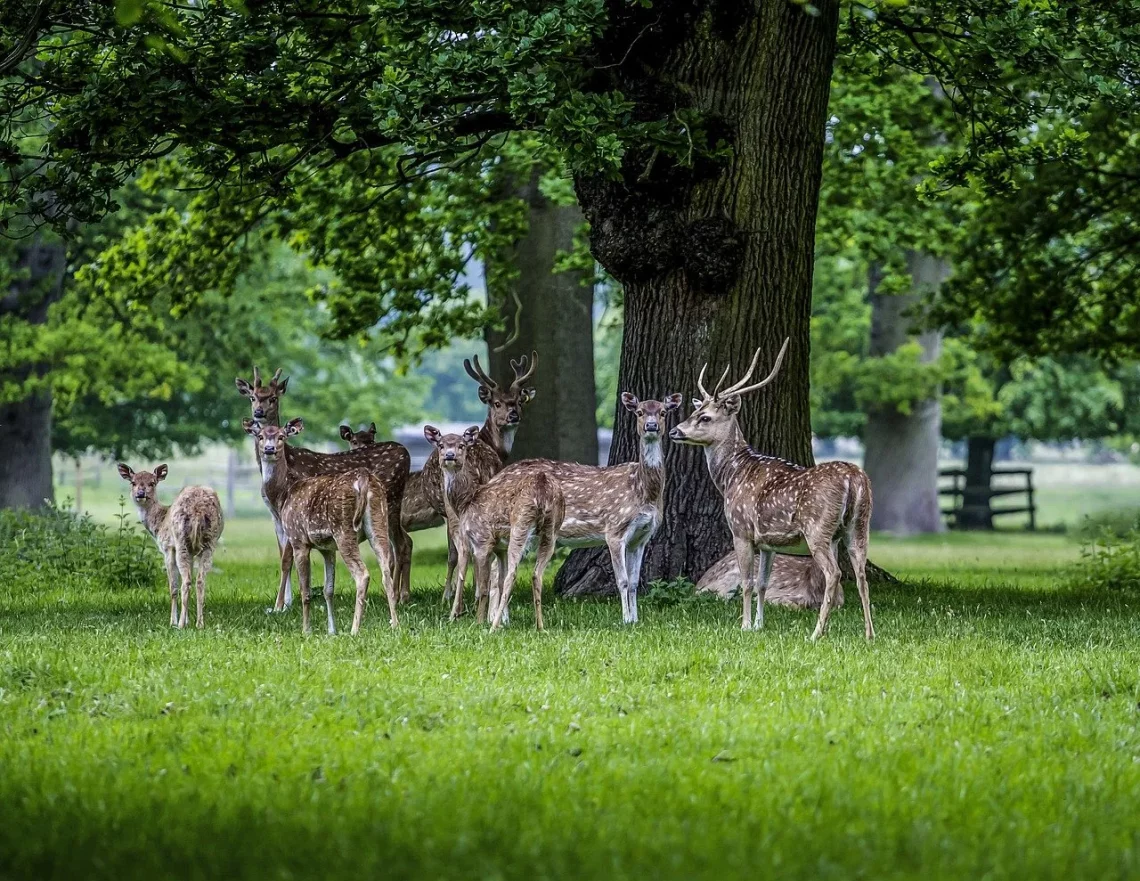-
Understanding Dog Vomiting and Trembling: Causes and Solutions
Dog owners often find themselves in a state of concern when their beloved canine companions exhibit unusual behaviors, such as vomiting and trembling. These symptoms can be alarming and may indicate a range of underlying issues that warrant attention. Understanding why a dog might experience these reactions is crucial for any responsible pet owner. While occasional vomiting may not always be a cause for alarm, it can be indicative of dietary indiscretion or more serious health issues. Trembling, on the other hand, can stem from various factors, including anxiety, pain, or neurological conditions. As a devoted pet parent, it’s vital to recognize that your dog’s health is paramount. Early detection…
-
Understanding Lethargic Chickens: Causes and Solutions for Your Flock
Understanding Lethargic Chickens: Causes and Solutions for Your Flock Chickens are remarkable creatures, known for their lively personalities and engaging behaviors. However, there are times when you may notice a change in your flock, specifically when chickens appear lethargic or less active than usual. This shift in behavior can be concerning for any chicken owner, as it may indicate underlying health issues or environmental factors affecting their well-being. Lethargy in chickens can manifest in various ways, such as reduced movement, decreased interest in food and water, and a general lack of enthusiasm for their usual activities. Understanding the reasons behind this behavior is crucial for maintaining a healthy flock and…
-
Understanding Animal Anal Health and Its Importance for Pets
Understanding your pet’s health is a vital aspect of responsible pet ownership. Among the various health concerns that pet owners should be aware of, anal health often goes unnoticed. Many pet owners may not realize that issues related to this area can significantly impact their furry friends’ overall well-being. The anal glands, which are small sacs located on either side of the rectum, play a crucial role in a pet’s health and behavior. When functioning properly, these glands help with communication and marking territory. However, if they become impacted or infected, they can cause discomfort and lead to more severe health problems. Understanding animal anal health is not just about…
-
Can Cows Eat Catnip? Exploring the Effects on Their Diet
Cows have long been recognized as herbivores, primarily grazing on grass, hay, and various forms of forage. However, the exploration of their dietary habits often leads to interesting questions about what other types of plants might be beneficial or detrimental to their health. One such plant that piques curiosity is catnip, known scientifically as Nepeta cataria. Traditionally associated with feline behavior, catnip has gained attention for its potential effects on other species as well. In agricultural practices, understanding the dietary preferences and tolerances of livestock is essential for optimizing their health and productivity. Farmers often seek to diversify the diets of their cattle to enhance nutrition and improve overall well-being.…
-
Understanding Your Dog’s Behavior: The Truth About Ass Licking
Understanding your dog’s behavior can often feel like deciphering a complex code. Dogs, with their unique personalities and instincts, display a variety of behaviors that can sometimes leave pet owners puzzled. Among these behaviors, one that frequently raises eyebrows is ass licking. While it may seem distasteful to us, this action is rooted in instinctual behaviors and social cues. It’s important to understand that dogs communicate differently than humans, and certain actions can signify a range of emotions and needs. This behavior can be a source of concern for many owners, leading to questions about its causes and implications. Is it a sign of a medical issue? Is it purely…
-
Understanding the Quirky Behavior of Your Dog’s Ass Lick Habit
Understanding the Quirky Behavior of Your Dog’s Ass Lick Habit Dogs are known for their quirky habits, and one behavior that often raises eyebrows is their tendency to lick their behinds. This seemingly strange action can leave pet owners puzzled and slightly amused. However, it’s essential to understand that dogs have their unique ways of communicating and maintaining their health. While this behavior may appear odd to us, it is deeply rooted in their instincts and biology. Dogs rely heavily on scent to understand their environment, and their licking habits can be a form of self-grooming, exploration, or even a sign of discomfort. As a pet owner, observing these behaviors…
-
The Fascinating World of Double Mane Lionhead Rabbits
The enchanting world of double mane Lionhead rabbits captivates animal lovers and pet enthusiasts alike. With their distinctive manes resembling a lion’s, these rabbits are not just adorable; they are also known for their playful and affectionate personalities. Originating from selective breeding, the Lionhead rabbit has become a popular choice among pet owners, admired for both its unique appearance and engaging behavior. Their charming looks and friendly nature make them an ideal companion for families, singles, and anyone looking to add a bit of joy to their lives. As you step into the world of double mane Lionhead rabbits, you will find a plethora of fascinating characteristics that set them…
-
Do Deer Eat Walnuts? Exploring Their Dietary Preferences
Deer are one of the most fascinating creatures in the animal kingdom, often associated with serene landscapes and natural beauty. These graceful herbivores roam the forests, meadows, and even suburban areas, captivating the hearts of many who encounter them. Their diet is diverse and varies significantly based on their habitat, season, and available food sources. While deer are commonly known to munch on grasses, leaves, and fruits, there is a growing curiosity about their consumption of nuts, specifically walnuts. Walnuts, known for their rich nutritional profile, are a popular snack for humans, often lauded for their health benefits. But how do these nuts fit into the diet of deer? Understanding…
-
Do Guinea Pigs Have Tails? Exploring Their Unique Anatomy
Guinea pigs are charming little creatures that have won the hearts of many pet lovers around the world. Their friendly demeanor, curious nature, and lovely vocalizations make them popular companions in households. As a species, they belong to the Caviidae family, which includes several other rodents. These small mammals are native to the Andean region of South America and have been domesticated for centuries. Their unique characteristics, social behavior, and distinct anatomy contribute to their appeal as pets. While many people are familiar with the general appearance of guinea pigs, there are still some questions about their anatomy that often arise. One such question that piques curiosity is whether guinea…
-
How to Safely Vet a New Cat for Your Home
Welcoming a new cat into your home can be one of the most rewarding experiences for an animal lover. Cats are known for their playful nature, unique personalities, and the companionship they offer. However, bringing a new feline friend into your household requires thoughtful consideration and a proactive approach to ensure a smooth transition. Each cat has its own history, temperament, and needs, which makes it essential to vet them thoroughly before making a decision. This process helps in identifying any potential behavioral issues, health concerns, or compatibility challenges with your existing pets or living environment. As you embark on this journey, it’s crucial to understand the importance of responsible…






































